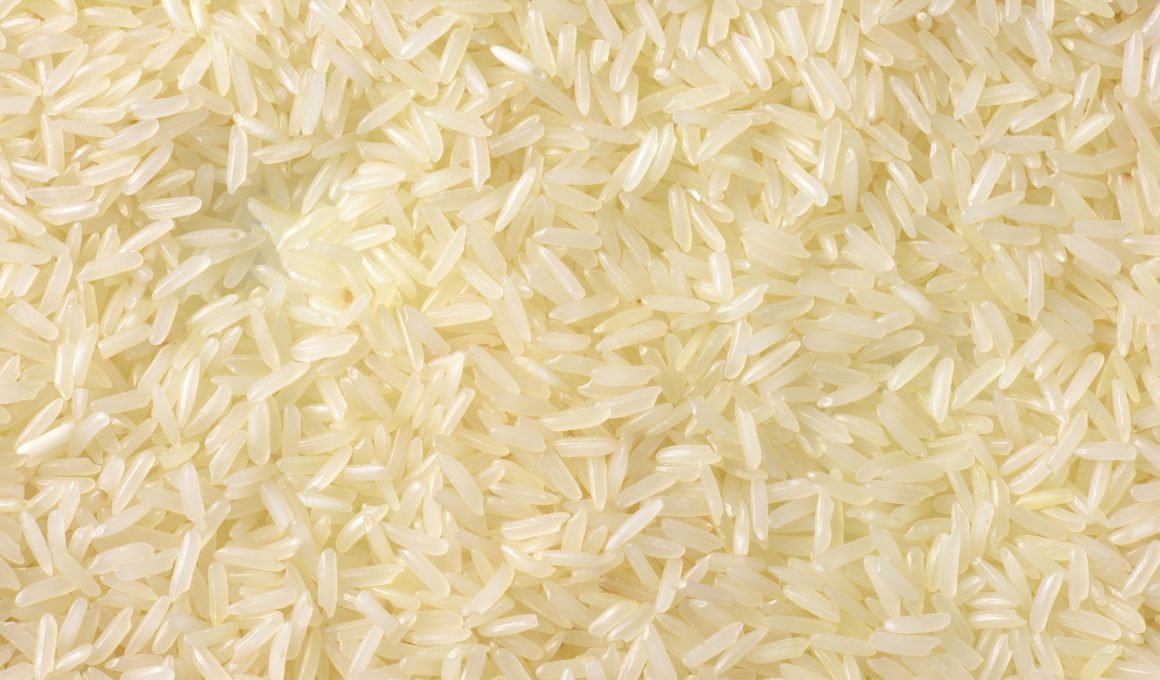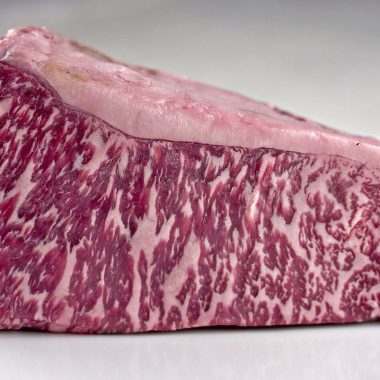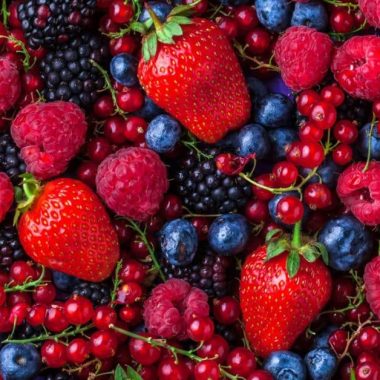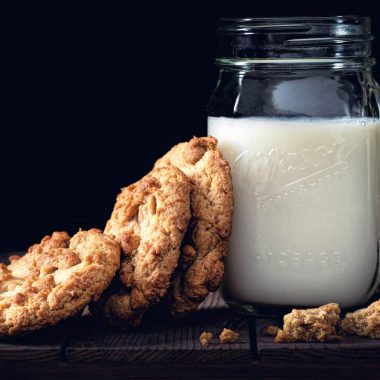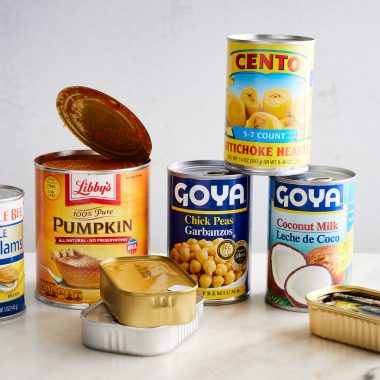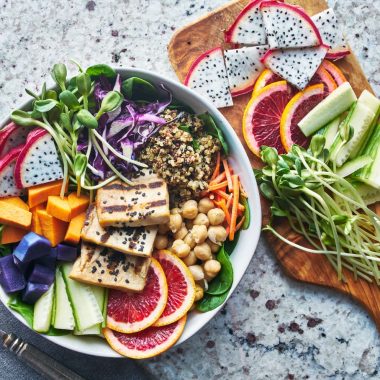Diving into the world of calorie counting can lead you to wonder about the specifics of each food you consume.
Today, we’re focusing on a commonly used grain in many households, Jasmine Rice.
Let’s learn what Jasmine rice is and why it’s important to count its calories.
What is Jasmine Rice?
Jasmine rice is a fragrant long-grain variety of rice that is native to Thailand. It has a subtle floral aroma and a soft, sticky texture when cooked.
The grains of Jasmine rice are also slightly shorter and thicker compared to other long grain varieties.
Jasmine rice is a popular choice in Southeast Asian, Middle Eastern, and Caribbean cuisines.
It is often used in dishes that require the rice to clump together, such as in stir-fries or sushi.
Its subtle flavor also makes it an excellent accompaniment to spicy or flavorful dishes.
Why Count Calories?
Counting calories is a well-known method for those looking to maintain, lose, or gain weight.
It’s a way to keep track of the energy you’re consuming and burning each day.
To put it simply, if you consume more calories than you burn, you may gain weight.
Conversely, if you burn more calories than you consume, you may lose weight.
Understanding the nutritional content of foods like Jasmine rice can help you make informed decisions about your diet.
It allows you to balance your meals, ensuring you get the right amount of nutrients while keeping your caloric intake in check.
For a more comprehensive overview of calorie counting, check out our article on what is calorie counting.
When it comes to Jasmine rice, counting calories can be especially important.
While rice is a staple food in many diets worldwide, it is also a high-carbohydrate food.
This means that it can contribute a significant number of calories to your diet, particularly if you eat large portions.
By understanding how many calories in Jasmine rice, you can better incorporate it into a balanced diet.
Stay tuned as we delve deeper into the calorie content of Jasmine rice in the next section.
The Calorie Content of Jasmine Rice
When it comes to calorie counting, understanding the caloric content of every ingredient you consume plays a crucial role.
If you’re a fan of jasmine rice, this section will reveal the calorie count of both raw and cooked jasmine rice.
Raw Jasmine Rice
Raw jasmine rice is a component of many meals. However, before it’s cooked, a quarter cup serving of raw jasmine rice contains about 160 calories.
This number might seem high, but remember, raw rice expands significantly when cooked.
| Jasmine Rice State | Serving Size | Calories |
|---|---|---|
| Raw | 1/4 cup | 160 |
Cooked Jasmine Rice
After cooking, the same quarter cup of uncooked jasmine rice will expand to approximately a half cup of cooked rice.
This half cup serving size will have about 103 calories. Remember, these measurements can vary slightly depending on factors such as cook time and the amount of water used.
| Jasmine Rice State | Serving Size | Calories |
|---|---|---|
| Cooked | 1/2 cup | 103 |
It’s important to remember that while jasmine rice is a tasty and filling addition to meals, it’s also a carbohydrate-rich food.
So, if you’re counting calories or watching your carb intake, be mindful of your portion sizes.
For more information on portion sizes and calorie counting, check out our article on what is calorie counting.
By understanding the caloric content of jasmine rice, you can better manage your diet and make informed decisions about your meals.
Whether you’re maintaining a balanced diet or on a weight loss journey, every calorie counts!
Comparisons with Other Types of Rice
Now that you know about the calories in jasmine rice, you might be wondering how it compares to other types of rice.
Let’s look at three other popular options: brown rice, basmati rice, and wild rice.
Brown Rice
First, let’s consider brown rice. This whole-grain rice is high in fiber and has a nutty flavor.
It’s a great choice if you’re looking to add more whole grains to your diet.
| Rice Type | Calories per Cup (Cooked) |
|---|---|
| Brown Rice | 215 |
You can find more about brown rice and its calorie content in our article on how many calories in half a cup of rice.
Basmati Rice
Next, we have basmati rice, a long-grain rice known for its fragrant aroma.
Basmati rice has a slightly higher calorie count than jasmine rice, but the difference is minimal.
| Rice Type | Calories per Cup (Cooked) |
|---|---|
| Basmati Rice | 210 |
For more information on basmati rice and its calorie content, check out our article on how many calories in rice.
Wild Rice
Lastly, we have wild rice. Despite its name, wild rice is actually a type of grass. It’s high in protein and fiber, making it a nutritious choice.
However, it also has a higher calorie count than jasmine rice.
| Rice Type | Calories per Cup (Cooked) |
|---|---|
| Wild Rice | 166 |
To learn more about wild rice and its calorie count, refer to our article on how many calories in half a cup of rice.
By comparing the calorie counts of jasmine rice with other types of rice, you can make informed decisions about which type best fits your dietary needs.
Remember, the key to a balanced diet is variety, so don’t be afraid to mix things up and try different types of rice!
The Role of Jasmine Rice in Your Diet
Understanding the calorie content in your food is crucial to maintaining a balanced diet.
As a popular staple, jasmine rice is a key consideration. But how can you incorporate it into your meals in a healthy way? Let’s explore that.
How to Incorporate Jasmine Rice
Jasmine rice, with its fragrant aroma and soft, slightly sticky texture, is a versatile food that can be included in a variety of dishes.
Whether you’re pairing it with your favorite protein, such as grilled chicken or salmon, or using it as a base for a flavorful stir-fry, jasmine rice provides a filling and satisfying component to your meals.
However, keep in mind that jasmine rice is a carbohydrate-rich food and portion control is important.
If you’re watching your calorie intake, consider limiting your serving size to half a cup or one cup per meal.
This way, you can enjoy the delicious taste and texture of jasmine rice without going over your daily calorie limit.
For more information on the calorie content of jasmine rice, check out our article on how many calories in half a cup of rice.
Healthy Cooking Methods for Jasmine Rice
The way you cook jasmine rice can also impact its calorie content. For a healthier option, consider boiling or steaming the rice.
These methods do not require the addition of fats or oils, which can significantly increase the calorie count.
When you’re cooking jasmine rice, try to limit the addition of high-calorie ingredients like butter or oil.
Instead, add flavor with low-calorie seasonings like herbs, spices, or a squeeze of fresh lemon juice.
Also, consider incorporating more vegetables into your rice dishes.
This not only adds color and variety to your meals but also increases the nutrient content while keeping the calorie count in check.
Remember, understanding the calorie content of your food, including jasmine rice, is a key part of maintaining a balanced diet.
By incorporating jasmine rice into your meals in a mindful way, you can enjoy this delicious staple without compromising your dietary goals.
For more information on calorie counting, visit our article on what is calorie counting.
Tips for Calorie Counting
Now that you have a better understanding of the calorie content in jasmine rice, it’s time to put that information into practice.
Calorie counting is a popular approach to managing your diet, but it’s vital to do it correctly.
Let’s dive into some tips for successful calorie counting, starting with understanding portion sizes and the tools you can use for accurate calorie tracking.
Understanding Portion Sizes
When counting calories, it’s not just about the food you eat but also how much you eat.
Portion sizes play a crucial role in this process. For instance, when considering how many calories in jasmine rice, a small portion will obviously have fewer calories than a larger one.
To help visualize what a portion size should look like, use everyday items for comparison.
A half-cup serving of cooked jasmine rice, for example, is roughly the same size as a light bulb.
When it comes to other foods, here are some handy comparisons:
| Food | Portion Size | Comparable To |
|---|---|---|
| Cheese | 1 ounce | 4 stacked dice |
| Meat, Fish, or Poultry | 3 ounces | A deck of cards |
| Nuts | 1 ounce | A small handful |
| Fresh Fruit | 1 medium piece | A baseball |
| Cooked Vegetables | 1 cup | A baseball |
Remember, portion control is key in managing your calorie intake.
Tools for Accurate Calorie Counting
In this digital age, numerous tools can help you accurately count your calories.
Many smartphone apps allow you to easily track the food you consume, providing detailed nutritional breakdowns.
Some even have barcode scanners for easy entry of packaged foods.
Websites are another excellent resource. On our site, you can find detailed articles revealing the calorie content of various foods, like how many calories in a slice of pizza or how many calories in red wine.
Lastly, don’t underestimate the value of a good old-fashioned food diary.
Keeping a written record of what you eat, along with the portion sizes, can be a straightforward and effective calorie counting tool.
In conclusion, successful calorie counting is all about understanding portion sizes and using the right tools to track your intake accurately.
And remember, while it’s important to be mindful of your calorie intake, it’s equally important to ensure that you’re consuming a balanced and nutritious diet. Happy counting!
